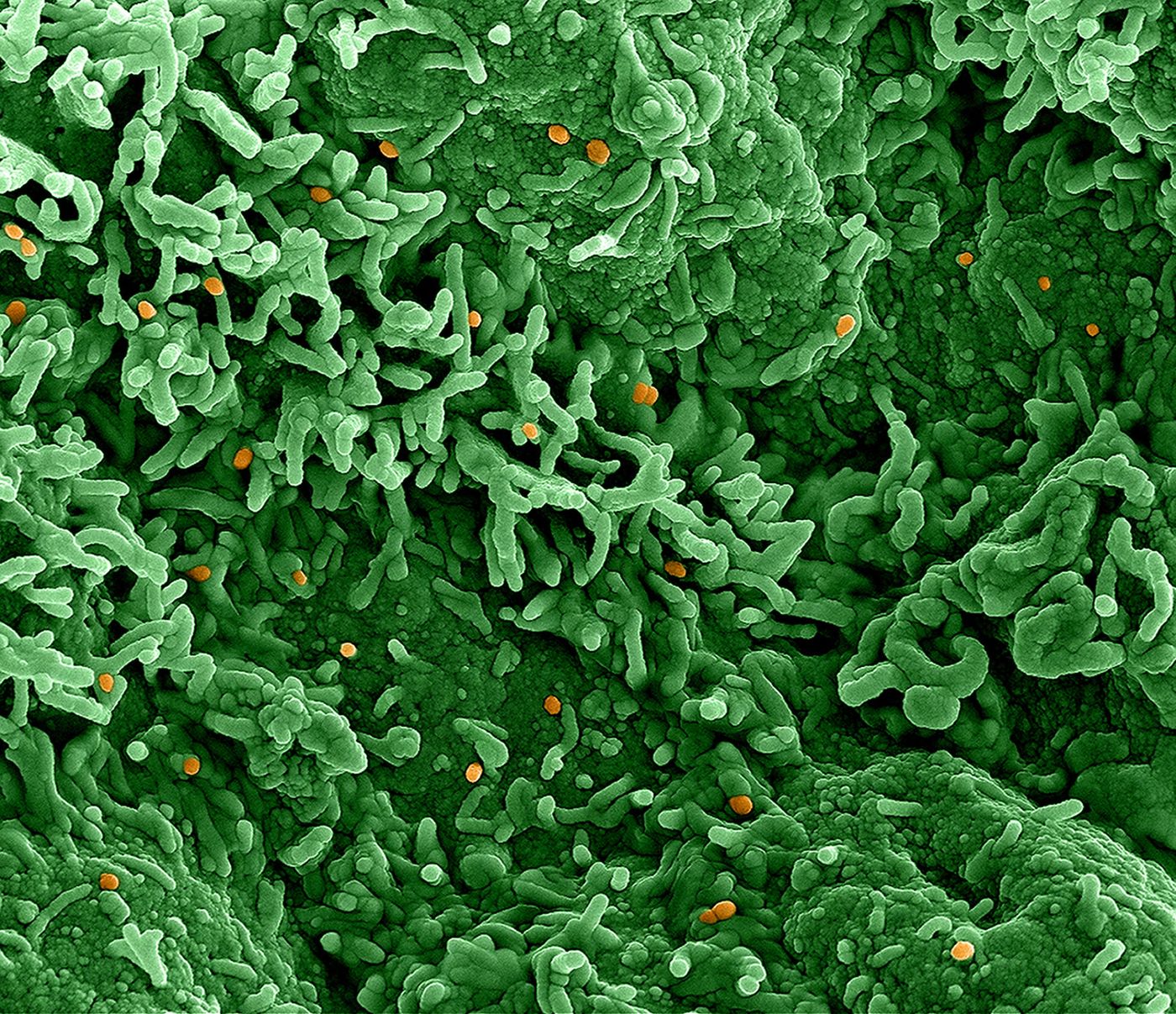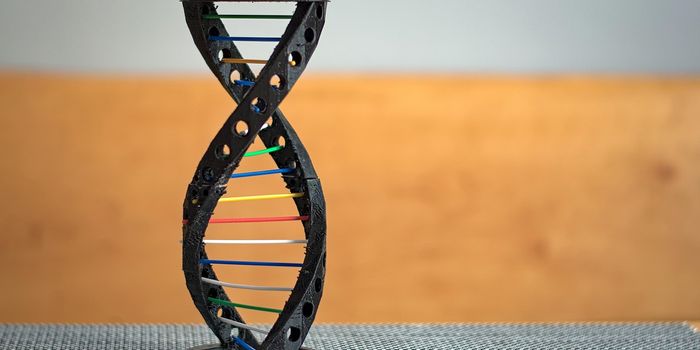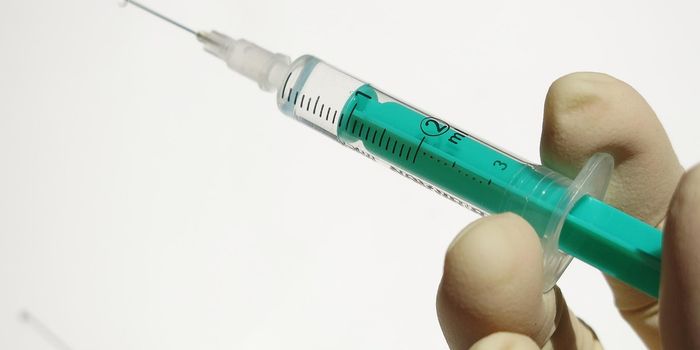Pox Virus Proteins Can Launch Early Attack on Immune Defense
To trigger infection or cause illness, a virus has to enter cells. After a virus gets inside of a cell, it typically takes over the cell to produce viral proteins or particles, which can be released to infect more cells. But researchers have found that pox viruses have proteins that can attack the immune system immediately. The virus is able to target innate immunity right away, giving it the upper hand even before the virus starts to use cells to make more virus. Researchers have revealed which proteins are involved in this process, which may help create treatments for pox virus infections, including monkeypox. The findings have been reported in PLOS Pathogens.
Current antiviral treatments for pox viruses are limited, and only used in emergencies, noted co-lead study author Professor Jason Mercer of the University of Birmingham. "Our research identifies a highly unusual ability to bring immunosuppressing proteins into the host right at the start of the infection," Mercer noted. "By understanding what proteins the virus brings and how they work, we can start to investigate how to exploit them for new treatments."
In this work, the scientists used mass spectrometry techniques and super-resolution microscopy to characterize crucial proteins in a virus known as vaccinia. This virus is a member of the viral family that includes monkeypox and the smallpox virus, called variola. Vaccinia has been used to provide protection against smallpox.
Fifteen proteins were identified in this research. They are contained in viral delivery packets known as lateral bodies, and five of them are viral redox proteins that can interact with reactive oxygen species (ROS). ROS are very reactive chemicals that the immune system can use to destroy pathogenic invaders. But there are pox virus proteins that function to seek and suppress ROS.
"Identifying the precise nature of the proteins contained [within] the lateral bodies was a complicated process because poxviruses are highly complex molecular structures," added co-senior study author Professor Bernd Wollscheid of ETH Zurich.
Wollscheid noted that this research ".. represents a big step in advancing our understanding of the molecular mode of action of this important family of viruses," and that it is particularly important as a monkeypox outbreaks are expanding in various countries and around the world. A case was identified in India today.
The researchers are planning to continue to investigate these proteins and what their functions are, both individually and together.
Sources: University of Birmingham, PLOS Pathogens









